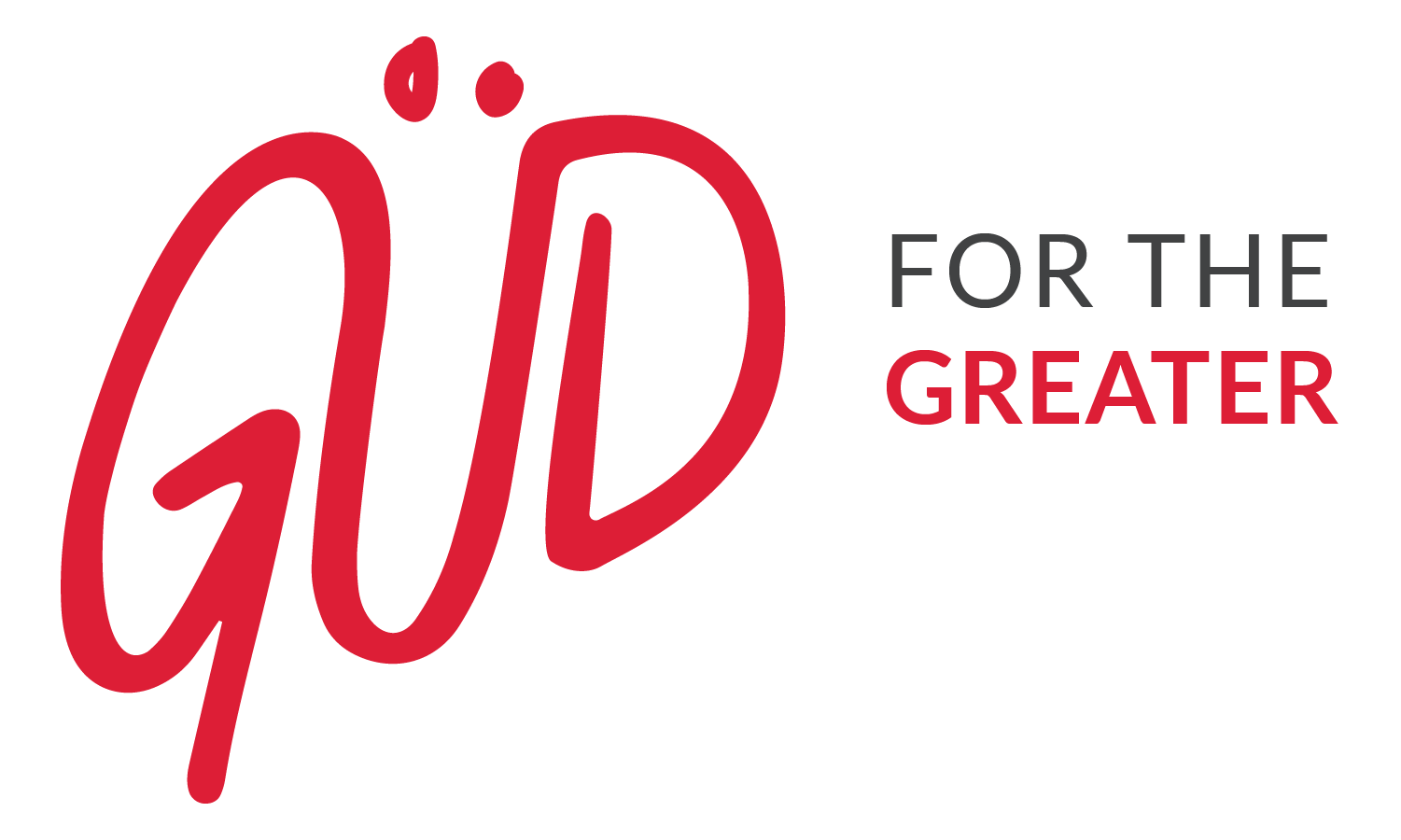Best Practices for Building and Managing Websites
by Samuel Batali on Nov 28, 2022
• 3 -minute read
As the first place that people look to for information about a business or organization, a website is a powerful tool. However, building and managing a website can be time-consuming and costly. Fortunately, there are cost-effective practices that expedite website development and allow for easier management. The process starts with choosing the right platforms and technologies and implementing a better design that is interactive and engaging to users.

For smaller to medium-sized websites, it’s better to choose a CMS (content management system) that includes many prebuilt tools. WordPress, for example, has many plug-ins and themes that you can install and use at little or no cost. Users with all levels of technical expertise can easily create and manage a website through this platform. WordPress is equipped with enough tools for nontechnical users to build a simple website, but it also accommodates experts who wish to customize and develop complex web components. Other popular CMS platforms include Drupal, WIX, Squarespace and Shopify.
The success of a website relies greatly on its design. Websites need to be engaging and user-friendly. They must use a suitable text-to-image ratio (60/40), high-quality color contrast and appropriate fonts. They must adhere to ADA compliance standards to facilitate inclusion of people with disabilities. A website that users find intuitive is essential — headers and navigations should be easily accessible and the flow of the website should be constructed to promote ease of use. The website must also have an SSL certificate installed to improve security.
While a website can be built within a period of months, management is a lifelong project, so initial setup and design should accommodate easy and sustained oversight. A good setup will include a backup of the site from which it can be restored, should the website crash or fall victim to hacking. A separate development environment for implementing changes to the site is essential. Changes to the live site must be verified and tested prior to release to ensure that updates do not break or disrupt function.
Once a website is built and published on the web, regular maintenance is required to ensure its availability. Plug-ins, themes, and deprecated tools need to be updated as newer versions become available. Some content management systems, including WordPress, keep a log of errors and provide alerts in case of bugs or security issues. These need to be checked and addressed early to prevent malicious activities on your site.
We have an experienced team of expert designers and developers at Güd Marketing that can help make your website a success. We provide comprehensive support to our clients throughout the website process — ideation, design, development and management. If you’re interested in working with us or learning more about website development, give us a call at 517-267-9800 or send us a message. We’re happy to help.

Samuel Batali
Full Stack Developer
Tech enthusiast, soccer player, gamer, road trips
